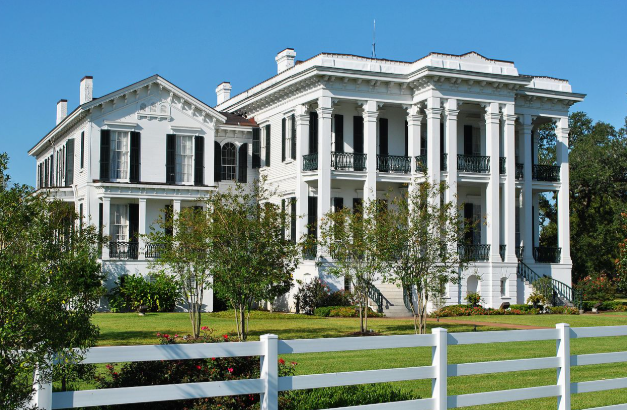The Nottoway Plantation Has Burned Away but People Don’t Care

© CC BY-SA 3.0
On May 15, 2025, the Nottoway Plantation in White Castle, Louisiana—once the South’s largest antebellum mansion—was engulfed in flames, leaving behind a charred façade and a nation divided over its legacy.
The fire, believed to be electrical in origin, destroyed a structure that had long symbolized both architectural grandeur and the brutal history of slavery. Moreover, as debates reignite over how such sites should be remembered, the incident serves as a poignant reminder of the complexities surrounding America’s historical narrative.
A Monument to Contradictions
Constructed in 1859 by John Hampden Randolph, Nottoway Plantation was a 53,000-square-foot mansion. It was built through the labor of 155 enslaved individuals. Over time, the plantation transitioned into a luxury resort and wedding venue. It often omits the painful history of those who built and sustained it. Critics argue that this transformation sanitized the atrocities of slavery, turning a site of suffering into a backdrop for celebrations.

Public Reactions: Mourning or Justice?
The fire elicited mixed reactions. While some mourned the loss of a historic structure, others viewed its destruction as a form of poetic justice. Additionally, social media platforms buzzed with commentary. Some users expressed a sense of closure for the enslaved ancestors whose stories were often overlooked. Conversely, preservationists lamented the loss of a tangible piece of history. They emphasized the craftsmanship of the enslaved artisans who built it.
The Broader Implications
The incident has sparked a broader conversation about how America commemorates its past. Unlike memorials such as the Anne Frank House in Amsterdam or the Door of No Return in Senegal, which confront dark histories head-on, many U.S. plantations have been criticized for glossing over the realities of slavery. The Nottoway fire underscores the need for a more honest and inclusive approach to historical preservation.

Looking Forward
As discussions continue about rebuilding Nottoway, questions arise about the purpose such a reconstruction would serve. Would it perpetuate a sanitized narrative, or could it become a space for education and reflection? Moreover, the fire presents an opportunity to re-evaluate how historical sites can honor all facets of their pasts, ensuring that the stories of the oppressed are not overshadowed by architectural beauty.
The destruction of Nottoway Plantation is more than the loss of a historic building; it’s a catalyst for introspection about how America chooses to remember its history. As the ashes settle, the nation faces a choice: to rebuild in a way that acknowledges the full spectrum of its past or to continue down a path of selective memory.
You might also want to read: Click if You Dare! These Are the Most Haunted Places in the US


